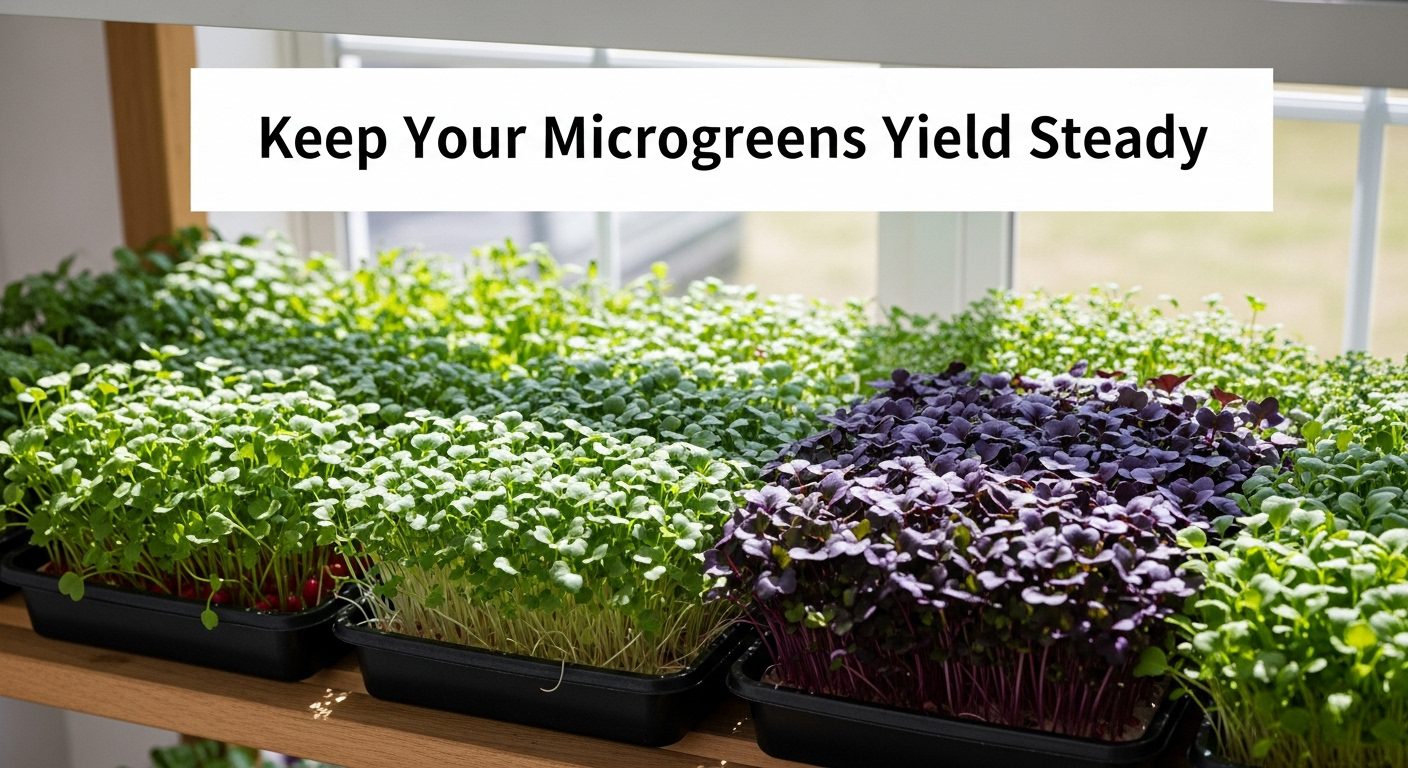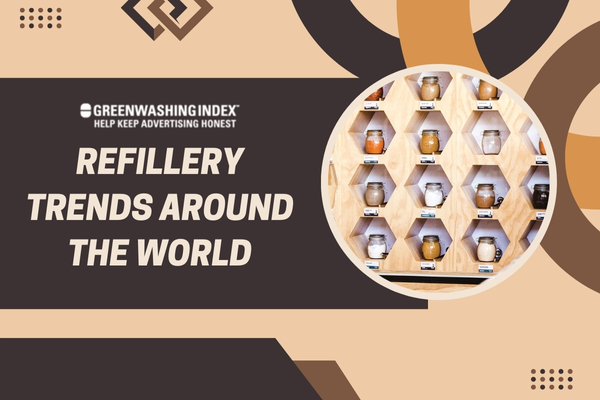

A world where shopping is both eco-friendly and stylish. Imagine a place where you can buy just what you need without adding to the plastic waste problem. Welcome to the world of refillery. It’s a game-changer, transforming the way we shop and think about sustainability.
As I embarked on my journey to understand refilleries, I found myself captivated by their simplicity and impact. In this article, we’ll explore how refilleries are not just a trend but a testament to a more sustainable future. Let’s dive into this exciting realm and see what refilleries have to offer!
A refillery is a unique retail concept aimed at promoting sustainability by allowing customers to refill their own containers with a variety of products. This approach significantly reduces the use of single-use plastics, encouraging eco-friendly practices. At refilleries, you can find a wide range of items such as cleaning products, personal care items, and even food staples.

This model not only helps in minimizing waste but also supports a circular economy, empowering consumers to make environmentally conscious decisions while potentially saving money. The growing popularity of refilleries highlights an increasing awareness of environmental concerns and a shift towards more sustainable shopping habits.
Refillery stores are innovative retail spaces designed to promote sustainability by allowing customers to refill containers with various household and personal care products. This model significantly reduces single-use plastic waste and encourages a circular economy. Customers can bring their own clean containers or purchase reusable ones from the store.
The process typically involves weighing the empty container, filling it with the desired product, and then paying based on the weight of the contents. This approach not only minimizes packaging waste but also supports eco-friendly living.
Here’s a look at how they function:
Refilleries have emerged as key players in the fight against environmental degradation, particularly in battling the menace of single-use plastics. By encouraging reusable packaging and sustainable practices, they help reduce waste and promote eco-friendly habits.
This approach not only lessens landfill waste but also inspires consumers to make greener choices in their daily lives.
| Category | Details |
|---|---|
| Environmental Impact of Refilleries | Refilleries help combat environmental degradation by promoting reusable packaging and sustainable practices, which reduce waste and encourage eco-friendly habits. |
| Reduction in Plastic Waste | Refilleries play a key role in reducing plastic waste in the following ways: |
| Elimination of Single-Use Plastics | By offering refills, refilleries reduce reliance on single-use plastics, significantly cutting down on environmental pollution. |
| Circular Economy Model | Many refilleries use a closed-loop system, where empty containers are returned and reused, reducing the need for new plastic production and minimizing waste. |
| Lower Landfill Contributions | Refillable containers lead to less disposable waste, reducing the number of plastic items ending up in landfills. |
| Awareness and Education | Refilleries educate consumers about the environmental impact of plastic waste, fostering more sustainable choices. |
Refilleries are changing the way people shop by focusing on sustainability. As more people care about the environment, these stores are becoming popular worldwide. The trend is encouraging new ideas in packaging and supply chains, creating a unique shopping experience that connects communities.

Let’s explore how different regions are embracing this change and what innovations are shaping the future of refilleries.
Shopping at a refillery presents numerous advantages that make it a wise choice for eco-conscious consumers.
Here are some of the key benefits:
Each visit to a refillery is a step towards a more sustainable and mindful lifestyle.
Refilleries, which are gaining recognition as a sustainable shopping alternative, face several challenges that hinder their growth and widespread adoption. Consumer awareness is one of the most significant obstacles, with many shoppers lacking knowledge about how refilleries operate and the environmental benefits they offer, such as reducing plastic waste.
This lack of understanding can create hesitation, as people might not see the value in refilling or believe it could be more expensive than buying pre-packaged products. Additionally, concerns about convenience arise since refilleries may not be as easily accessible as traditional stores, with fewer locations and limited hours.
Without effective marketing and outreach, many potential customers remain unaware of refilling options and their benefits. On the logistical side, supply chain complexity poses a significant challenge. Refilleries must manage inventory across multiple suppliers, which can increase both costs and operational difficulties.
Transportation costs, including rising fuel prices and driver shortages, further complicate operations and reduce profitability. Additionally, maintaining inventory balance is tricky—refilleries must ensure they have enough stock to meet demand without overstocking, which could result in waste.
Finally, refilleries face the challenge of regulatory compliance, navigating complex safety and environmental regulations, which can be particularly burdensome for smaller businesses. These hurdles underscore the need for refilleries to overcome both consumer education and operational challenges to succeed in the marketplace.
Refilleries present a refreshing approach to sustainable living. They offer a practical solution to reducing plastic waste while promoting environmentally friendly habits. With their growing popularity worldwide, refilleries showcase an inspiring trend towards conscious consumerism.
While challenges such as consumer awareness and logistical issues exist, the benefits of refilleries are undeniably noteworthy. Embracing this concept not only helps the planet but also supports a lifestyle of mindful consumption. To sum up, choosing to shop at a refillery is a step towards a greener future.
If you found this insightful, explore more articles on our site for eco-friendly tips and trends!
